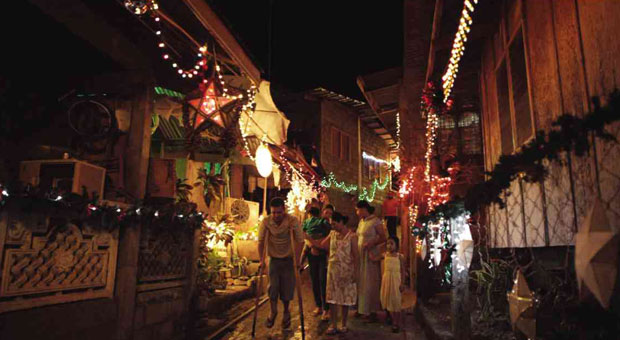
A US CRITIC writes, “In ‘Norte,’ landscapes seem like dreamscapes.” Another notes, “The way Diaz’s images linger and stay in the skin are beyond words.”
After receiving a rave review from the New York Times, Lav Diaz’s “Norte, Hangganan ng Kasaysayan” was chosen by a critic of the US trade paper Variety as one of the best films of the year so far.
Variety critic Scott Foundas picked “Norte” as one of the exceptional films released from January to June 2014 in the United States. “Norte” recently had a limited theatrical release in New York.
Apart from the four-hour Filipino film, Foundas picked Wes Anderson’s “The Great Budapest Hotel,” Lars von Trier’s “Nymphomaniac” and James Gray’s “The Immigrant.”
Foundas described “Norte” as a “mammoth achievement.” He wrote, “[Diaz] pulls off that Dostoevskyan trick of showing how a nation’s loss of ideals is reflected in the thwarted lives of men and women.”
The Variety critic also noted that, although long, “[it’s] immensely rewarding and full of unexpected flourishes.” “Norte,” he said, “happily brought much overdue attention to this gifted filmmaker and his largely unsung body of work.”
Perfect gateway
The film website AV Club’s Ignatiy Vishnevetsky also has nothing but praise for “Norte.”
Vishnevetsky called “Norte” a “radical departure for Diaz and a perfect gateway into the director’s work.” In “Norte,” he wrote, “Landscapes seem like dreamscapes.”
The Russian-born US-based critic pointed out that “Norte” is a “succinct summary of the ideas Diaz has been exploring since the beginning of his career.”
In Diaz’s filmography, Vishnevetsky rhapsodized, “fractured families and Filipino history become intertwined with a sense of metaphysical transformation… Ideas grow and become palpable within long takes, which have the precise descriptive power of 19th-century realist fiction, conveying something more than a narrative—a view of society and human nature, the sort of thing that takes time.”
Slow cinema
The website Taste of Cinema named Diaz one of the “15 great filmmakers whose films demand your patience,” along with Ingmar Bergman, Andrei Tarkovsky, Apichatpong Weerasethakul, Yasujirô Ozu, Michelangelo Antonioni, Tsai Ming-liang, among others.
Taste of Cinema hailed these masters of slow cinema as “purposeful and trance-inducing.”
In particular, the website lauded Diaz’s visual style. “He lets his camera stay for a few minutes in a fixed position, waiting for something to happen, and when it happens, he moves his camera like a pendulum… capturing the struggle of the character. The way his images linger and stay in the skin are beyond words.”
In the end, the critic asserted, the viewer “becomes the character.”
(bayanisandiegojr@gmail.com)